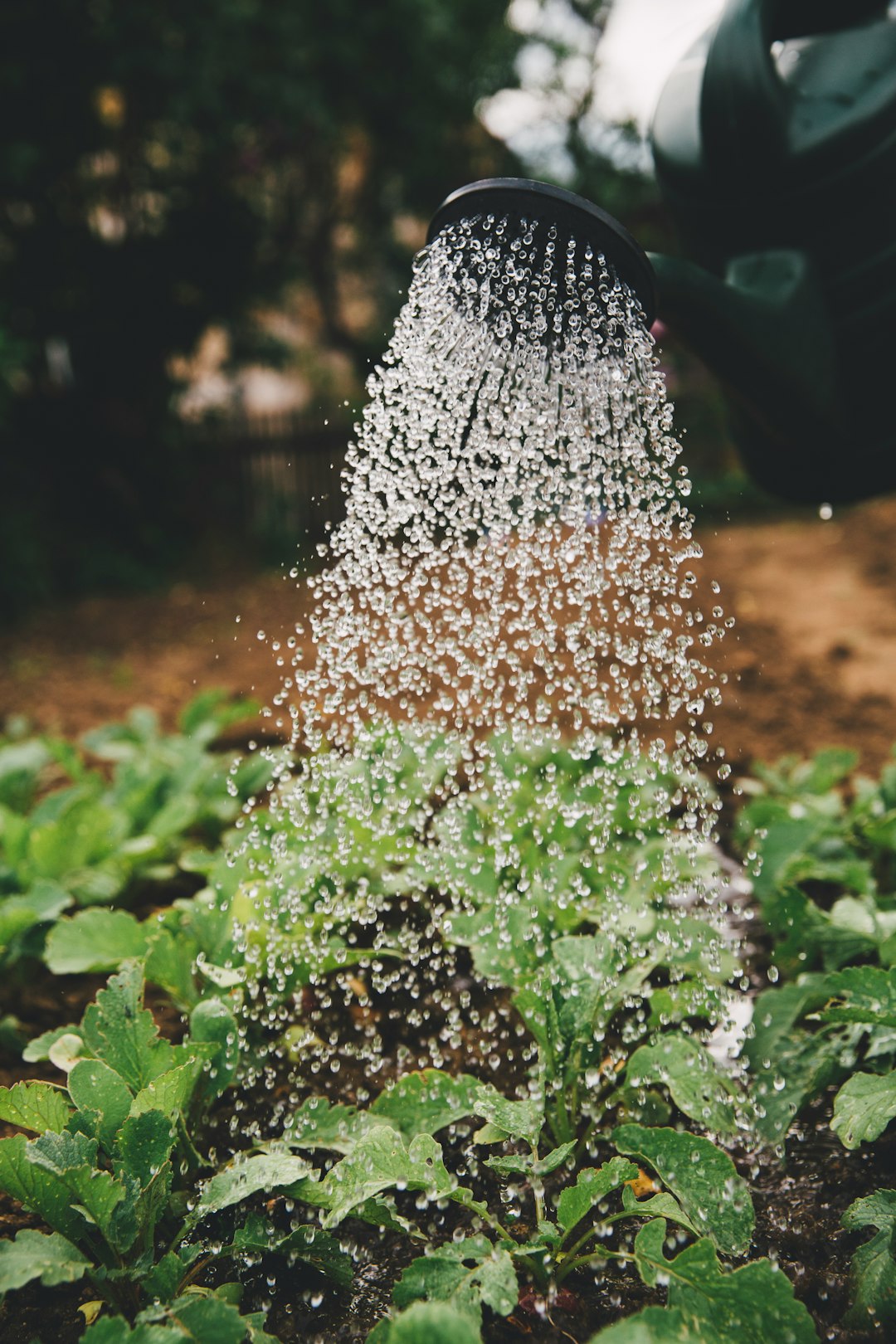
Starting Your Own Vegetable Garden
If you’ve made the decision to improve your diet, one of the most effective ways to do so is by growing your own food. With a home garden, you can enjoy the freshest produce, free from harmful chemicals, and tailored to your tastes. Winter is an ideal time to plan, ensuring you’re ready to plant once the spring thaw arrives.
Begin with a Garden Journal
Start by keeping a garden journal. This will help you clarify your goals and track your progress. Here are some questions to get you started:
- What motivates you to start a garden?
- How much space do you have available?
- How much time can you dedicate to gardening?
- How many months of the year would you like to garden? You can start as early as February and continue harvesting into December!
- What vegetables do you enjoy eating?
- How much food would you like to grow?
Choosing the Perfect Spot
Once your goals are set, consider the location of your garden. Pay close attention to the amount of sunlight the area receives. Warm-season plants like tomatoes and peppers need at least six hours of direct sunlight in the middle of summer, with eight to ten hours being ideal. On the other hand, cool-season crops such as greens, brassicas, and certain root vegetables can thrive with as little as four to six hours of sun, and some may do better with partial shade. These crops are best grown during the spring and fall.
Conduct a Soil Test
It’s important to perform a soil test before starting your garden. Soil tests measure the nutrient levels and can help determine the type and quantity of fertilizer your plants will need. The test also checks the soil’s pH level, which is crucial for plant health. Most vegetables grow best with a pH level between 6.8 and 7.2. If the pH is too low, your plants won’t be able to absorb essential nutrients from the soil. Additionally, if you’re working with a new site, testing the soil for organic matter is valuable for planning fertilization. If the pH is too low, adding lime can help adjust it. Your local extension office or garden center can assist with soil tests, and further details can be found at [Penn State Extension Soil Testing](https://extension.psu.edu/soil-testing).
Understand the History of Your Garden Site
Before you start planting, it’s essential to know the history of your garden’s location. If there was an old building on the site, there may be a risk of lead contamination from old paint. Penn State’s Agricultural Analytical Services Laboratory offers lead testing, which can be arranged via the link provided. Sites with previous heavy structures might also have compacted soil, which could require extra preparation. Be mindful of underground obstacles and any existing vegetation. After heavy rains, note areas that stay wet for extended periods and check the soil for clay or shale content. You may also need to consider protecting your garden from animals that might be tempted by your fresh vegetables.
Plan Ahead and Start Small
As with any new venture, it’s wise to start small and expand gradually. With experience, you can increase the size and variety of your garden. You can purchase seedlings from a local nursery or garden center to transplant into your garden, which is common for heat-loving vegetables such as tomatoes, peppers, and okra. Alternatively, you can start these crops from seeds six to ten weeks before transplanting them outdoors.
Sowing Seeds Directly in the Garden
Many vegetables can be grown by direct sowing, which involves planting seeds directly into your prepared soil. Winter is the perfect time to browse seed catalogs, which often provide valuable growing tips and serve as useful references throughout the season. Seed packets typically include planting and harvesting dates on the back, and these packets are usually available in stores towards the end of winter. As you gain more experience, you may want to experiment with unique vegetable varieties or more specialized crops that spark your interest.
Know the Best Planting Times
Soil and air temperature are key factors in determining the right time to plant seeds or transplant seedlings. Many gardening books, websites, and catalogs include helpful planting charts. Planting seeds too early, before the soil reaches the appropriate temperature, can delay germination or reduce success. Heat-loving vegetables like tomatoes, peppers, and okra thrive when nighttime temperatures are 50°F or higher. Planting them too early can stress the plants, so be patient and wait for the right conditions.
Plan for Succession Planting
Understanding the “days to maturity” of each crop is important for knowing when to harvest and when to plant successive crops. This will help extend the growing season and ensure you get the most out of your garden.
Get Help from Penn State Master Gardeners
If you’re ready to begin your gardening journey, Penn State Master Gardeners are available to assist you. Visit your local [Penn State Extension office](https://extension.psu.edu/county-offices) to learn more about their Garden Hotline hours and available classes.